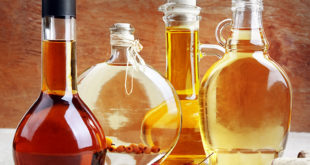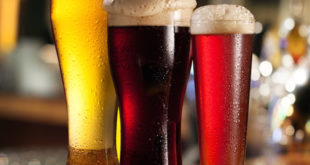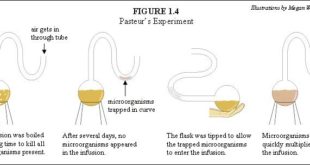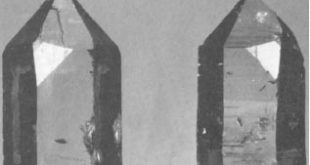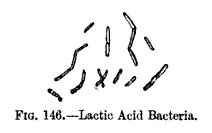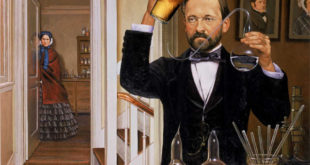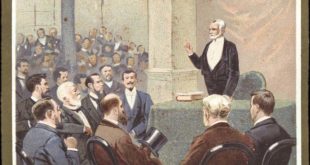Take three gallons of spring water, make it hot, and dissolve in it three quarts of honey, and one pound of loaf sugar. Let it boil about one-half hour, and skim it as long as any scum rises. Then pour it out into a tub, and squeeze in the juice of four lemons, put in the rinds but of two. …
Read More »Tag Archives: Louis Pasteur
To Make Strong Mead
Take of spring water what quantity you please, make it more than blood-warm, and dissolve honey in it until it is strong enough to bear an egg, the breadth of a shilling; then boil it gently, near an hour, taking off the scum as it rises. Then put to nine or ten gallons seven or eight large blades of mace, …
Read More »Mead, Metheglin, or Honey Wine
Boil honey in water for an hour; the proportion is from three to four pounds to each gallon. Half an ounce of hops will both refine and preserve it, but is not commonly added. Skim carefully, draining the skimmings through a hair sieve, and return what runs through. When of a proper coolness, stir in yeast; one teacupful of solid …
Read More »Metheglin
Mix one and one-half barrels of water with as much honey as will cause an egg to rise a little above the water; then boil the mixture to one barrel, skimming off the surface. It will be a fine red or wine color, and clear. Then remove from the fire, and when cold, put it into a barrel, leaving the …
Read More »Molasses Beer
One ounce hops, one gallon water. Boil for ten minutes, strain, add one-pound molasses, and when lukewarm, add one spoonful yeast. Ferment.
Read More »Pasteur Swan Neck Flask Experiment
In his famous experiment, Louis Pasteur used a special flask whose neck was shaped like an S or the neck of a swan, hence the name “Swan Neck Flask.” He put a nutrient rich broth in the flask, which he called the “infusion.” He then boiled the infusion killing any microorganisms which were already present. Then he allowed the infusion …
Read More »The Asymmetry of Naturally Occurring Organic Compounds
Two lectures delivered by Louis Pasteur before the Chemical Society of Paris, on January 20, and February 3, 1860. FIRST LECTURE AT the end of the year 1808 Mains discovered that light which was reflected from opaque or transparent bodies possessed new and surprising properties, which distinguished it from the light that proceeded directly from illuminating bodies. Malus called the …
Read More »Pasteur’s Study of Fermentation
Louis Pasteur first devoted himself to the study of fermentation in 1856, when he is approached by M. Bigo, a local industrialist in Lille, and asked for advice concerning the production of alcohol in beet juice. Apparently Bigo was experiencing large vats of beet juice turning sour instead of alcoholic as expected. Pasteur agreed to help with the problem and …
Read More »Louis Pasteur: How Beer Saved the World
This is an excerpt from the Discovery Channel production How Beer Saved the World. Beer was the basis of modern medicine. It all started in 1850s with scientist Louis Pasteur. He invented pasteurization. Tragically, people always link him to this, milk. But he was actually studying this: beer. Some people think he was looking at milk, but in fact, he …
Read More »Spontaneous Generation and Pasteur’s Experiments
In the nineteenth century, people believed that organisms could arise spontaneously from their environment, without the presence of any preexisting organisms. After a nutrient broth is sterilized by boiling, and then exposed to air for a few days, a sample can be removed from the flask and transferred to a plate containing a solid medium. Within a few hours, the …
Read More » Pasteur Brewing Louis Pasteur – Science, Health, and Brewing
Pasteur Brewing Louis Pasteur – Science, Health, and Brewing 